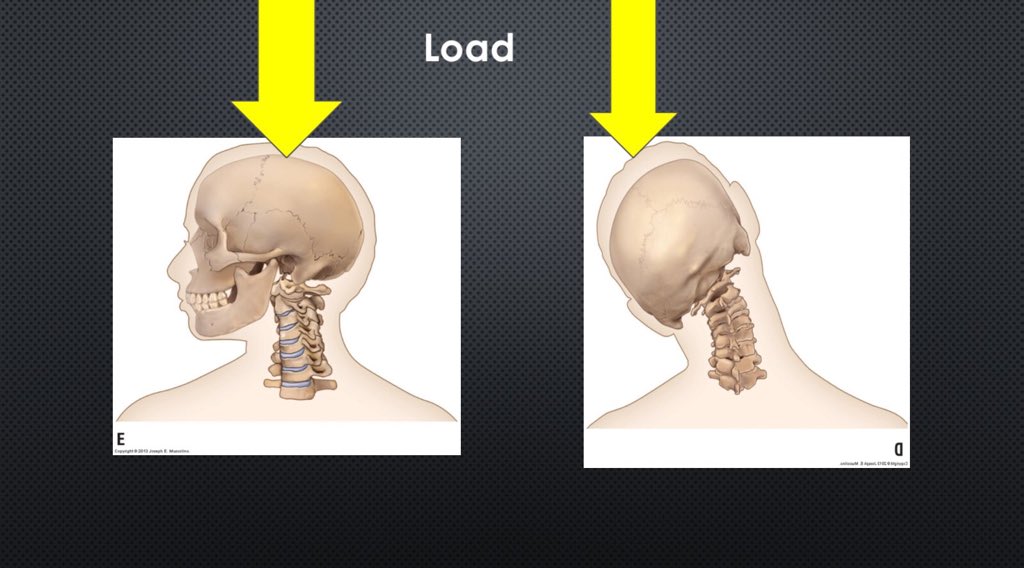UPPER CERVICAL & LOWER CERVICAL are nonsense terms by ME.
I was once laughed at and mocked on twitter by some eminent manualtherapists for suggesting we change the terms upper and lower cervical spine. They have little meaning
I would like to propose something based on...
Mow back to the head joints and neck. If we examine the spine true (as I call it) the commonality is bilateral articulations or z-joint and IV joint containing various shaped discs
I will post a few pictures and other useful things. Thanks for reading. Another ramble done.




